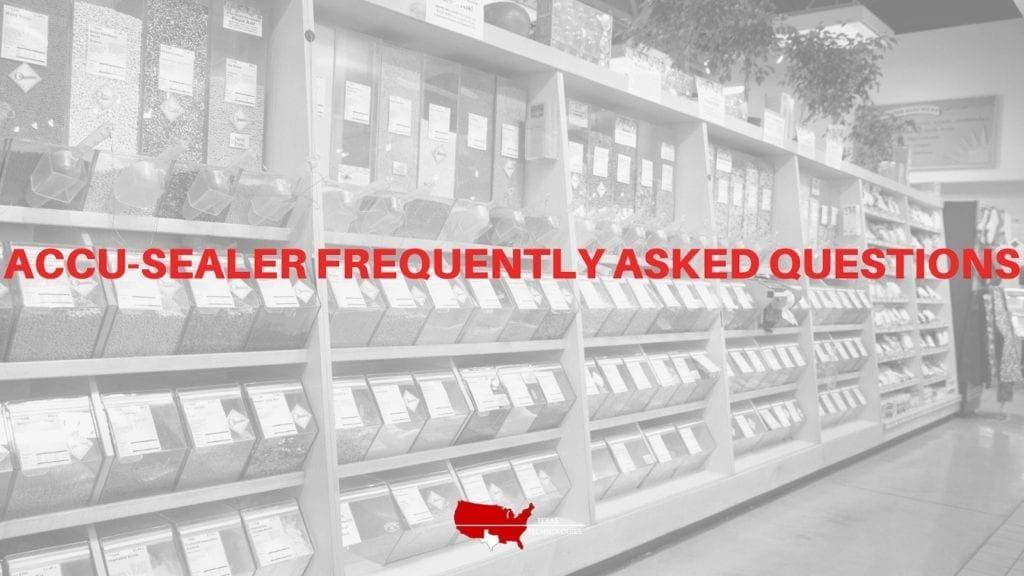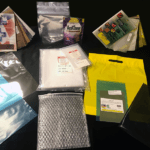Accu-Sealer Frequently Asked Questions

You may have realized we have been chatting about Accu-sealers quite often here at Texas Technologies. We listed our top sealer choices for each industry, medical, industrial & aerospace, food, cannabis, and consumer products. We also mentioned the new and improved 675 SmartVac sealer and its key features. If you can’t tell we like Accu-Seal sealers; they are the trusted choice for heat sealing equipment for a reason!
With most products, there are questions so we would like to answer some frequently asked questions about Accu-Seal sealers. Please don’t hesitate to contact us with your questions. We are here to assist you in finding a solution to your heat sealing needs and support you before, during and after your purchase.
What materials can I seal with my Accu-Seal Heat Sealer?
You can seal polyethylene, polypropylene, nylon, Tyvek, craft Paper with foil lining, craft Paper with plastic lining, FEP, Aclar and foil laminates.
What materials can’t be heat sealed with my Accu-Sealer?
You cannot seal denim, vinyl, cellophane or fiberglass.
How does an impulse heat sealer work?
An impulse heater uses a temperature spike governed by time (“heat time”) followed by a cool-down period (“cool time”) during which the seal jaws remain closed. This cool down period allows the molten plastic in the seal area to cool and reset under pressure providing consistent maximum seal properties. The bond that is created during the “cool time” produces a strong seal with excellent visual appearance.
Why should I vacuum seal my product?
A vacuum seal is used to prevent moisture contamination, extend shelf life and/or minimize storage space.
How do I determine the appropriate heat and cool times to set my Accu-Seal heat sealer for the best quality seals?
To help ensure the best quality seals, Accu-Seal requests that you send sample pouch or bag materials to us for testing. Most manufacturers will provide temperatures for sealing each film, and this provides a good starting point for the heat or time. We generally recommend starting with a heat time of two seconds at 200o F and a cool time two to three times the heat time.
For answers to more frequently asked questions click here.

